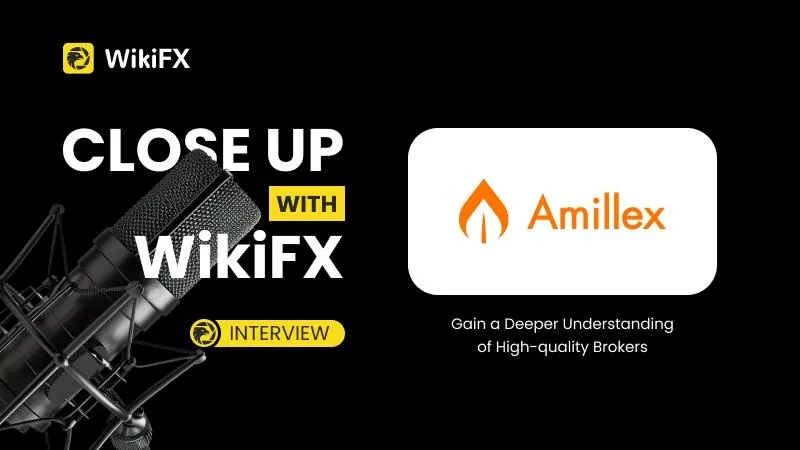简体中文
繁體中文
English
Pусский
日本語
ภาษาไทย
Tiếng Việt
Bahasa Indonesia
Español
हिन्दी
Filippiiniläinen
Français
Deutsch
Português
Türkçe
한국어
العربية
Hut 8 Loss Deepens Despiite Higher Mining Rate
Abstract:The company was able to mine 928 bitcoins. Despite increased production, the net loss is deepening.

Hut 8 Mining Corp. (NASDAQ:HUT), a digital asset mining company from North America, reported its quarterly numbers on Thursday. During the three-month period that ended on 30 September 2022, one of the largest mining firms achieved revenue of CAD 31.7 million and mined 982 bitcoins (BTC).
Take Advantage of the Biggest Financial Event in London. This year we have expanded to new verticals in Online Trading, Fintech, Digital Assets, Blockchain, and Payments.
Althgouh Hut 8 was able to mine more digital assets than in the same period last year, the revenue decreased by CAD 18.6 million compared to CAD 50.3 million for Q3 2021. The company reported a net loss of CAD 23.78 million, declining from a neto profit of CAD 23.37 million a year ago.
Looking at results for the nine months closed on 30 September 2022, Hut 8 mined 2,870 BTC, which is 997 more than a year earlier. Although revenues for the period turned out to be higher, at CAD 128.85 million, the company has lost a net CAD 56.15 million year-to-date, compared to a CAD 38.47 million profit reported a year ago.
“Our conservative approach to managing our balance sheet continues to be paramount for us at Hut 8. Notably, we improved our mining capacity by 10% while reducing the average cost to mine each Bitcoin by 29%, when compared to the second quarter of 2022. We remain steadfastly committed to effectively managing capital in today's challenging environment and believe we are well positioned to deliver shareholder value in 2023 and beyond,” Shane Downey, the CFO of Hut 8, said.
According to the company press release, the increase in the number of mined BTCs was achieved due to the higher than average hash rate. However, declining profitability of mining operations, rising energy prices and lowering bitcoin prices have left the company unprofitable in 2022. Profits from mining operations alone fell to CAD 9.3 million in Q3, compared to CAD 33.5 million reported a year earlier.
Cryptocurrency Miners in Trouble
Hut 8's stock is losing nearly 80% on Wall Street this year and is an excellent representation of the industry's current condition. Competing miners listed on the stock exchange, like Riot Blockchain Inc. (RIOT), Canaan Inc. (CAN) and HIVE Blockchain Technologies Ltd. (HIVE), are falling in similar percentages.
On the one hand, their stocks guarantee indirect exposure to cryptocurrencies for many investors. So when bitcoin falls, their shares also slide. On the other hand, the fundamentally poor condition of the industry as a whole and low yields from mining digital assets make it very difficult to generate profits during the 'cryptocurrency winter'.
According to data from on-chain analytics firm, Glassnode, miners' revenue per Exahash stands at its lowest levels to date. This further shows how competitive the cryptocurrency mining industry has become in recent years.

Disclaimer:
The views in this article only represent the author's personal views, and do not constitute investment advice on this platform. This platform does not guarantee the accuracy, completeness and timeliness of the information in the article, and will not be liable for any loss caused by the use of or reliance on the information in the article.
Read more

【WikiEXPO Global Expert Interviews】Sheikh Muhammad Noman: The Future of Investment in the GCC
As WikiEXPO Dubai concludes successfully, we had the pleasure of interviewing Sheikh Muhammad Noman, the Founder and CEO of Pegasus Capital, brings over 20 years of profound expertise as an Investment Professional. He specializes in investment securities, risk calculations, financial engineering, and structuring business models with minimal risk. As a Founder and Business Development Partner, he oversees diversified investment and business portfolios for leading family offices throughout the GCC region, with a focus on sectors such as green energy, digital assets, and finance. His deep understanding of financial markets has been instrumental in crafting strategic investment solutions that significantly enhance portfolio performance.

Close Up With WikiFX —— Take A Close Look At Amillex
With the rapid growth of global multi-asset investment markets, the differences among regional forex markets have become increasingly significant. As a forex broker information service platform operating in more than 180 countries and regions, WikiFX is dedicated to helping investors in every market identify reliable brokers. Therefore, we have launched an exclusive interview series —— "Close Up With WikiFX", offering in-depth conversations with local brokers. This series aims to dive deep into frontline markets and provide first-hand information, helping investors gain a clearer and more comprehensive understanding of quality brokers.

Seacrest Markets Exposed: Are You Facing Payout Denials and Spread Issues with This Prop Firm?
Seacrest Markets has garnered wrath from traders owing to a variety of reasons, including payout denials for traders winning trading challenges, high slippage causing losses, the lack of response from the customer support official to address withdrawal issues, and more. Irritated by these trading inefficiencies, a lot of traders have given a negative review of Seacrest Markets prop firm. In this article, we have shared some of them. Take a look!

GKFX Review: Are Traders Facing Slippage and Account Freeze Issues?
Witnessing capital losses despite tall investment return assurances by GKFX officials? Do these officials sound too difficult for you to judge, whether they offer real or fake advice? Do you encounter slippage issues causing a profit reduction on the GKFX login? Is account freezing usual at GKFX? Does the United Kingdom-based forex broker prevent you from accessing withdrawals? You are not alone! In this GKFX review guide, we have shared the complaints. Take a look!
WikiFX Broker
Latest News
Interactive Brokers Expands Access to Taipei Exchange
Simulated Trading Competition Experience Sharing
WinproFx Regulation: A Complete Guide to Its Licensing and Safety for Traders
Axi Review: A Data-Driven Analysis for Experienced Traders
INZO Regulation and Risk Assessment: A Data-Driven Analysis for Traders
Pepperstone CEO: “Taking Down Scam Sites Almost Every Day” Becomes “Depressing Daily Business”
The CMIA Capital Partners Scam That Cost a Remisier Almost Half a Million
Is Seaprimecapitals Regulated? A Complete Look at Its Safety and How It Works
eToro Cash ISA Launch Shakes UK Savings Market
Cleveland Fed's Hammack supports keeping rates around current 'barely restrictive' level
Currency Calculator



